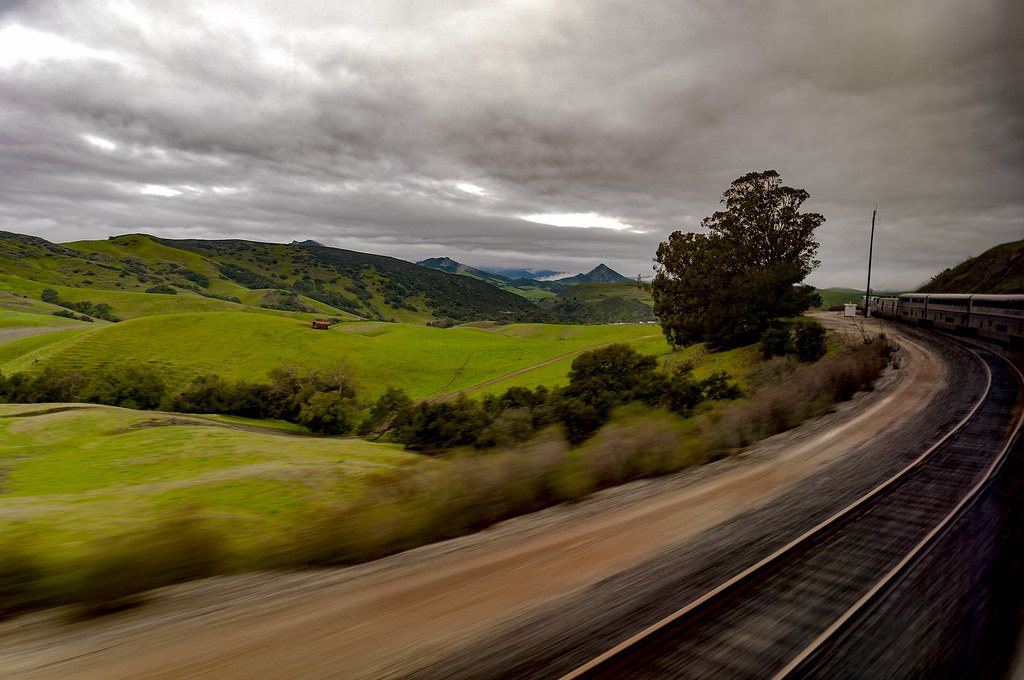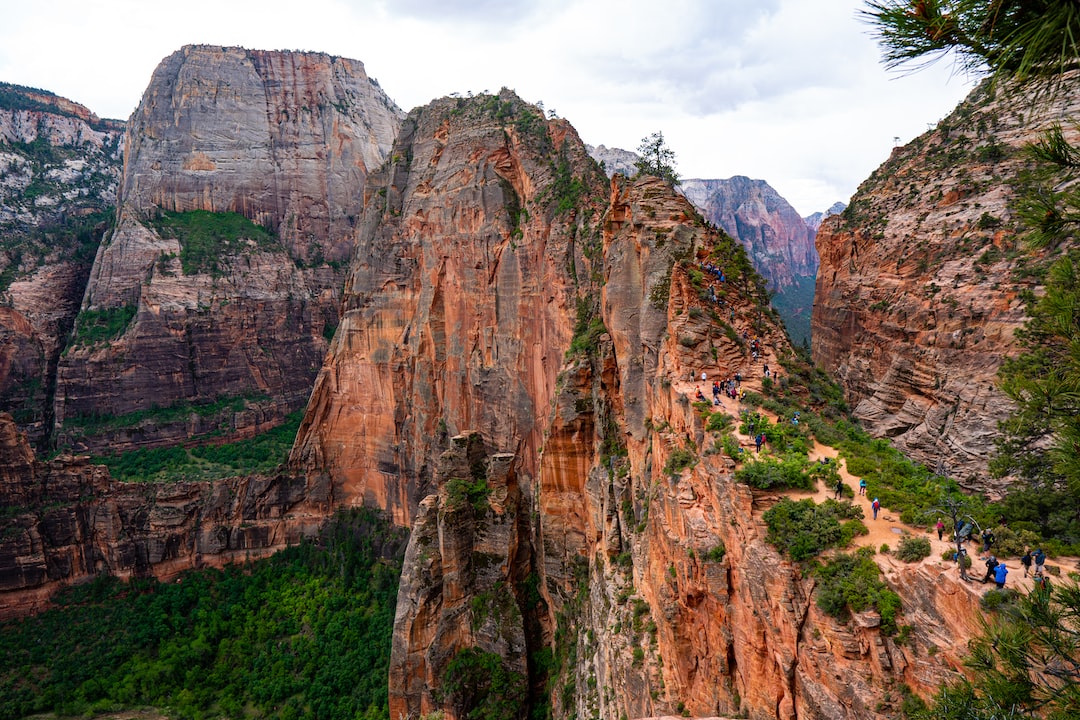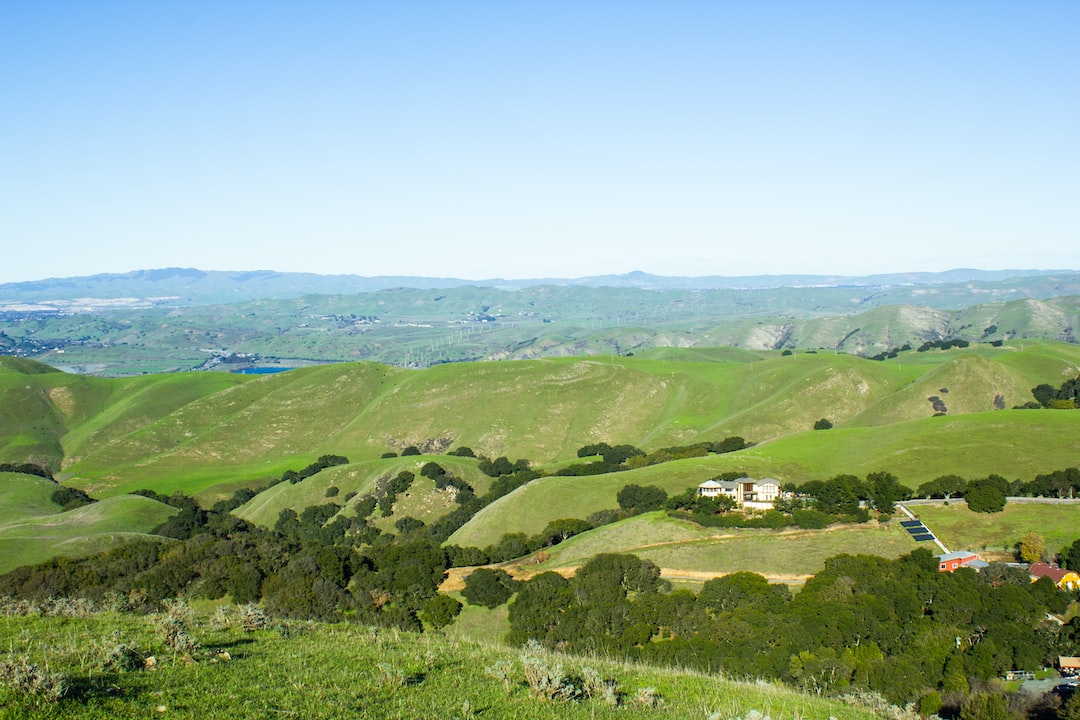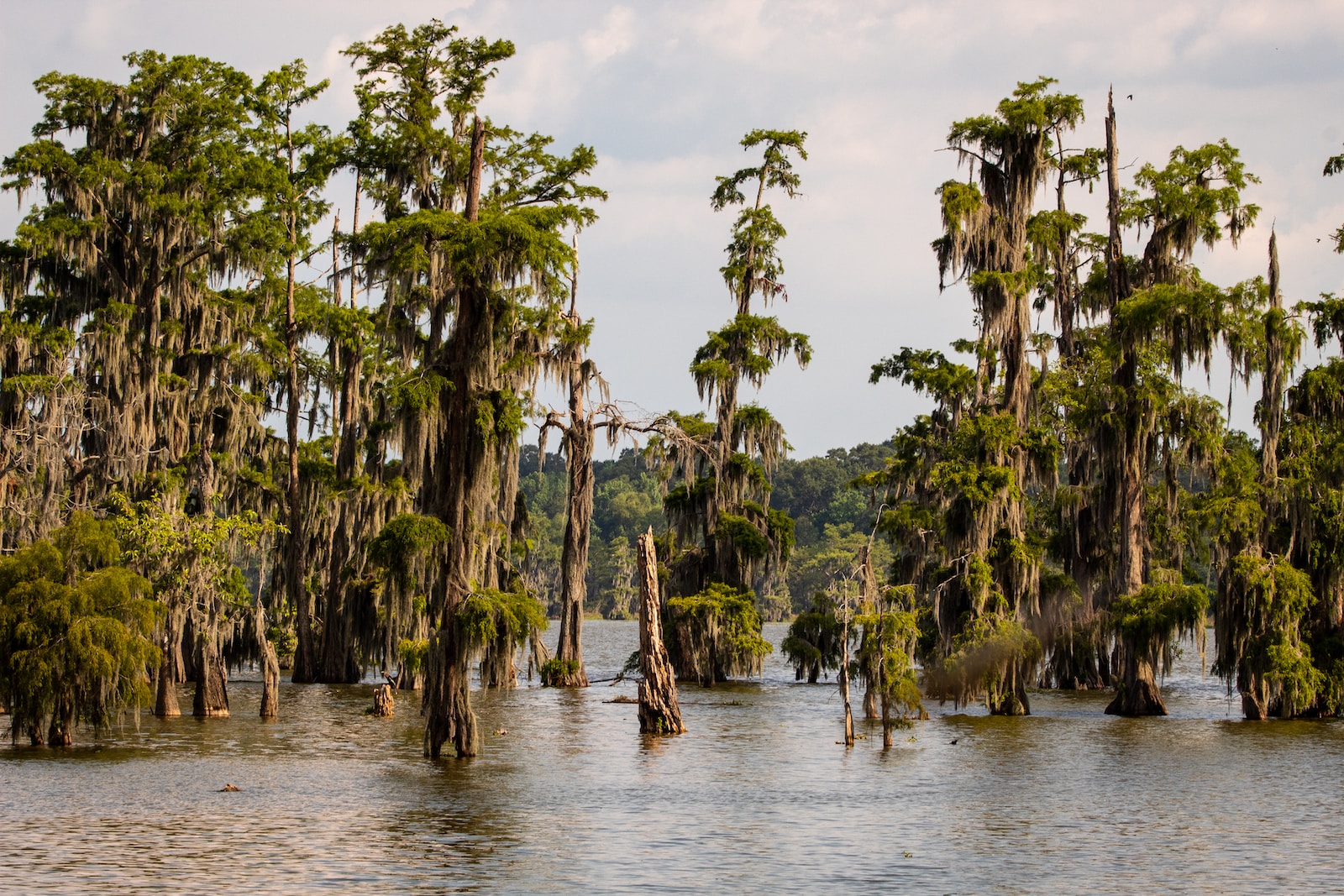You might think of Amtrak as a commuter train system whisking people to business meetings along the east coast corridor. But if you want to experience camping and hiking at the highest levels of quality, the best access from an Amtrak train comes at Glacier National Park in Montana.
Amtrak, unlike most airlines, is quite forgiving when it comes to hauling heavy gear. Best of all, Amtrak connects major cities such as Chicago, Minneapolis-St. Paul, Seattle and Portland to Glacier parklands with its Empire Builder route. You’ll be offered stops at four major entry points to the park – one of which primarily caters to hikers!
Consider some important information before you hop aboard Amtrak for a camping and hiking excursion.
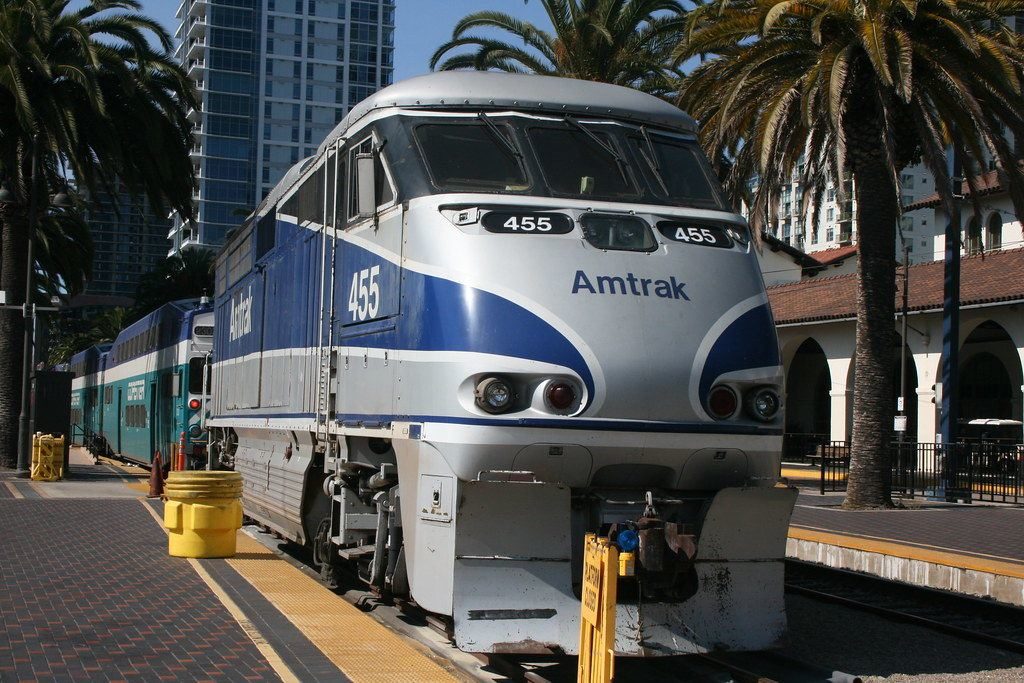
Carrying Camping Gear on Amtrak
Each Amtrak passenger receives space in the cargo car for two free bags (up to 50 lbs. and 75 linear inches). Not enough for your camping and hiking adventure? Two additional bags come at a fee of only $20, far less than most airlines charge for your first two checked bags.
In addition, carry-ons are permitted – up to two personal items (up to 25 lbs.) and two bags you stow on a shelf or luggage rack at 50 lbs. maximum.
If you do have oversized baggage (76-100 linear inches), those also require a $20 fee. Just as on an airplane, you will not have access to the bags once they are checked at your city of embarkation.
In cities like Chicago, Portland, and Seattle, there is red cap moving assistance for all baggage at the station. Need a box designed for your mountain bike? Amtrak charges $15 for those and $5 for each standard shipping box you’ll need.
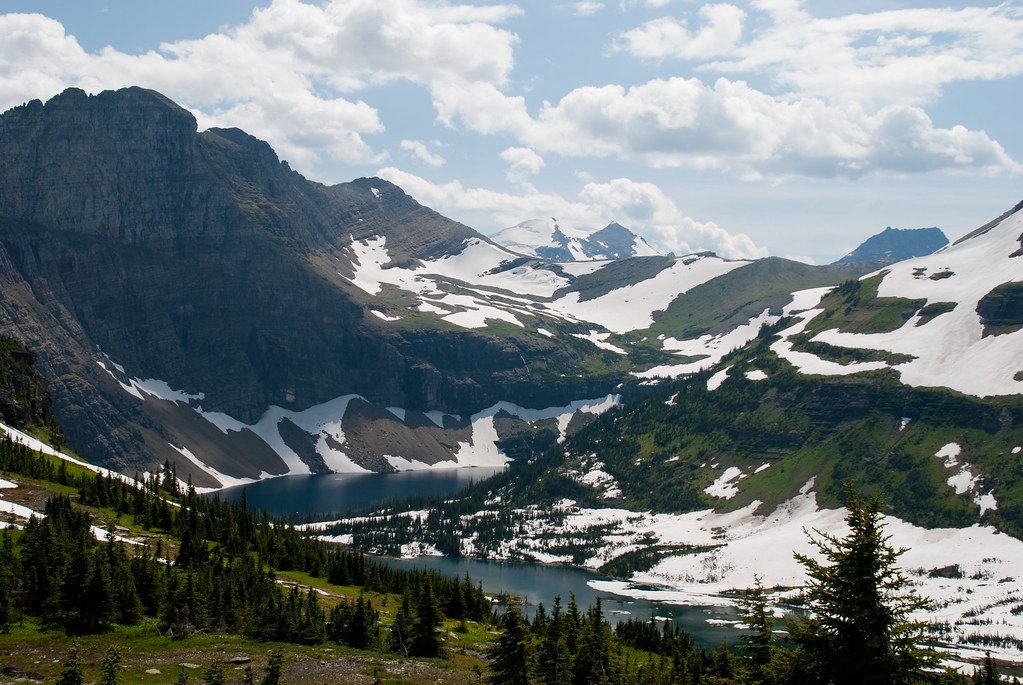
Sleeping on the Amtrak
Amtrak offers two travel classes: sleeper and coach.
Sleeper tickets entitle passengers to bunk out in small sleeping compartments called roomettes. They have two facing seats in the daytime, but the lower seats push together to form a bed at night, and a second bed folds down from the ceiling.
Coach tickets put you into a seat that is far more comfortable than coach airline seats, but maybe not the best place to sleep through an entire night.
That’s a prime consideration, because all four major cities on the Empire Builder route require an overnight stay on the train in order to reach Glacier.
From Chicago, you’ll spend 31 hours aboard the train and travel more than 1,600 miles. Minneapolis is about 23 hours from Glacier and 1,200 miles. From Seattle and Portland, Glacier passengers board the Empire Builder in the late afternoon and arrive in the Glacier area the following morning.
It’s possible to find Amtrak coach tickets that are competitively priced airfares, but your experience could vary by time of year. Naturally, sleeper accommodations are far more expensive.
That coach seat from Chicago might go for less than $300 round-trip, but a sleeper ticket could cost more than twice that amount, depending upon availability at the time of your fare search.
When comparing prices, remember that three hot meals/day in the dining car are free with sleeper tickets, while coach passengers fork over the menu prices or eat in a café car that offers cereals, microwavable packaged meals and beverages at modest prices.
If you’re planning an Amtrak train trip to Glacier in summer, it’s wise to reserve space up to six months in advance.
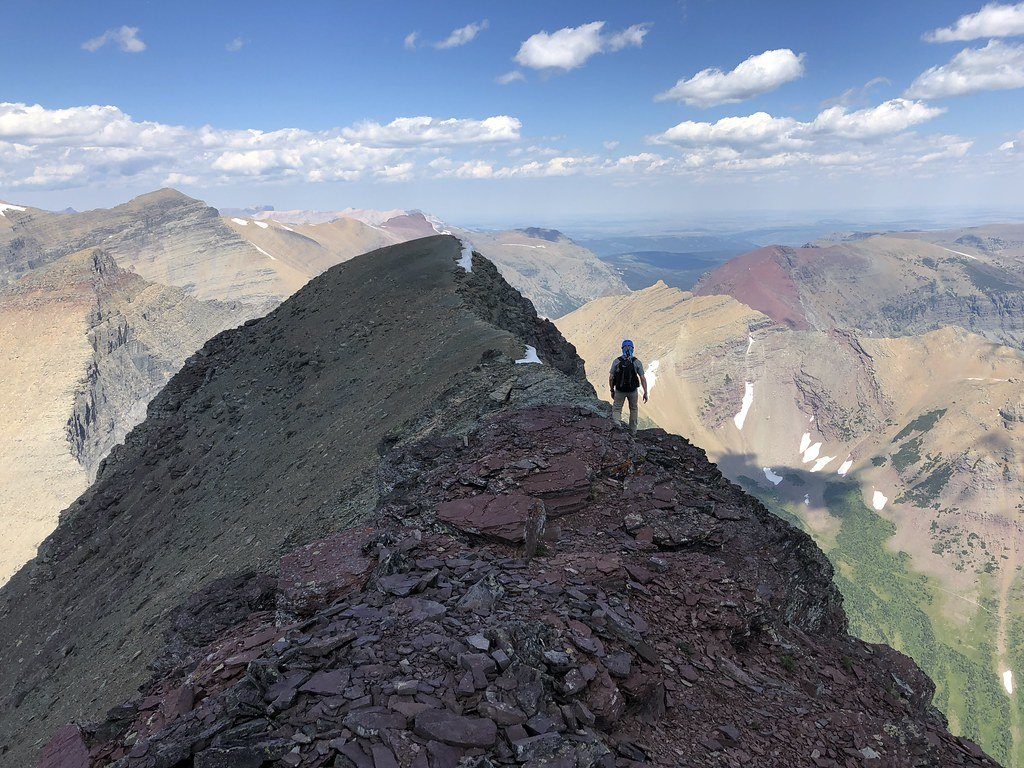
Glacier access points
If you’re ready to get right into the wilderness and explore some of the best hiking in North America, consider the Amtrak stop at Essex, Montana.
At Essex, you won’t find a fancy station – only a platform and a pathway to the Izaak Walton Inn. You might know that Izaak Walton was a British author who wrote about environmental issues, and the conservation-minded Izaak Walton League in America bears his name.
Just across the river from the inn is Walton Ranger Station, a place where multiple trails originate.
Bear in mind that camping in the park is limited to 13 official campgrounds (about 1,000 spaces) or backcountry camping that requires a permit. The NPS website can show which campsites are filled on a given day.
Essex is in the middle of the park, while East Glacier and West Glacier stops also provide quick access for campers and hikers. Please note that the East Glacier stop closes down in early October for the winter, reopening in April.
One other observation: if you are on an extremely tight schedule, Amtrak might not be your best choice. The passenger line shares tracks in the west with freight lines, and it appears the freight trains have right-of-way. Make up your mind that your trip won’t be ruined if you arrive 40 minutes late. Relax on the train, enjoy the passing scenery, and make some new friends.
Outfitting point: Whitefish, Montana
A fourth Glacier stop isn’t on NPS property, but provides an excellent outfitting location. Whitefish (population 7.200) is Montana’s 13th largest city! It offers opportunities to buy hiking and camping gear, rent bikes, ski on one of America’s top-rated mountains, and sample some great pre- or post-trip cuisine.
Unlike East Glacier, Whitefish is a year-round Amtrak facility offering full services in its spacious station at the center of town. Should you need to book a room before or after your camping trip, the area offers fine hotels and bed & breakfast facilities, many of which will provide transportation to-and-from the Whitefish Amtrak station.
Whitefish is about 40 miles from the Apgar Welcome Center, near West Glacier. But there are car rental opportunities here, as well as the Whitefish Shuttle, a bus service that picks up at local outfitting shops and drops off at Apgar for $75/round trip.
The shuttle caters to outdoor enthusiasts. It’s equipped with bike racks and space for gear storage.
When you examine all Glacier National Park has to offer, you would reason it should be among the very top parks in popularity. But according to Park Service figures, Glacier ranked a relatively disappointing 10th for attendance in 2018, in part because it is perceived as remote. That perception is deeply flawed, as we have seen in this discussion of access from four Amtrak stops, three of which are located in the park itself.
Avail yourself of world-class hiking, camping, and spectacular views along the iconic Going to the Sun Road. Manage your quick access via Amtrak, which will stow your gear without a lot of fuss and deliver you to some of the greatest camping and hiking opportunities of your lifetime.

